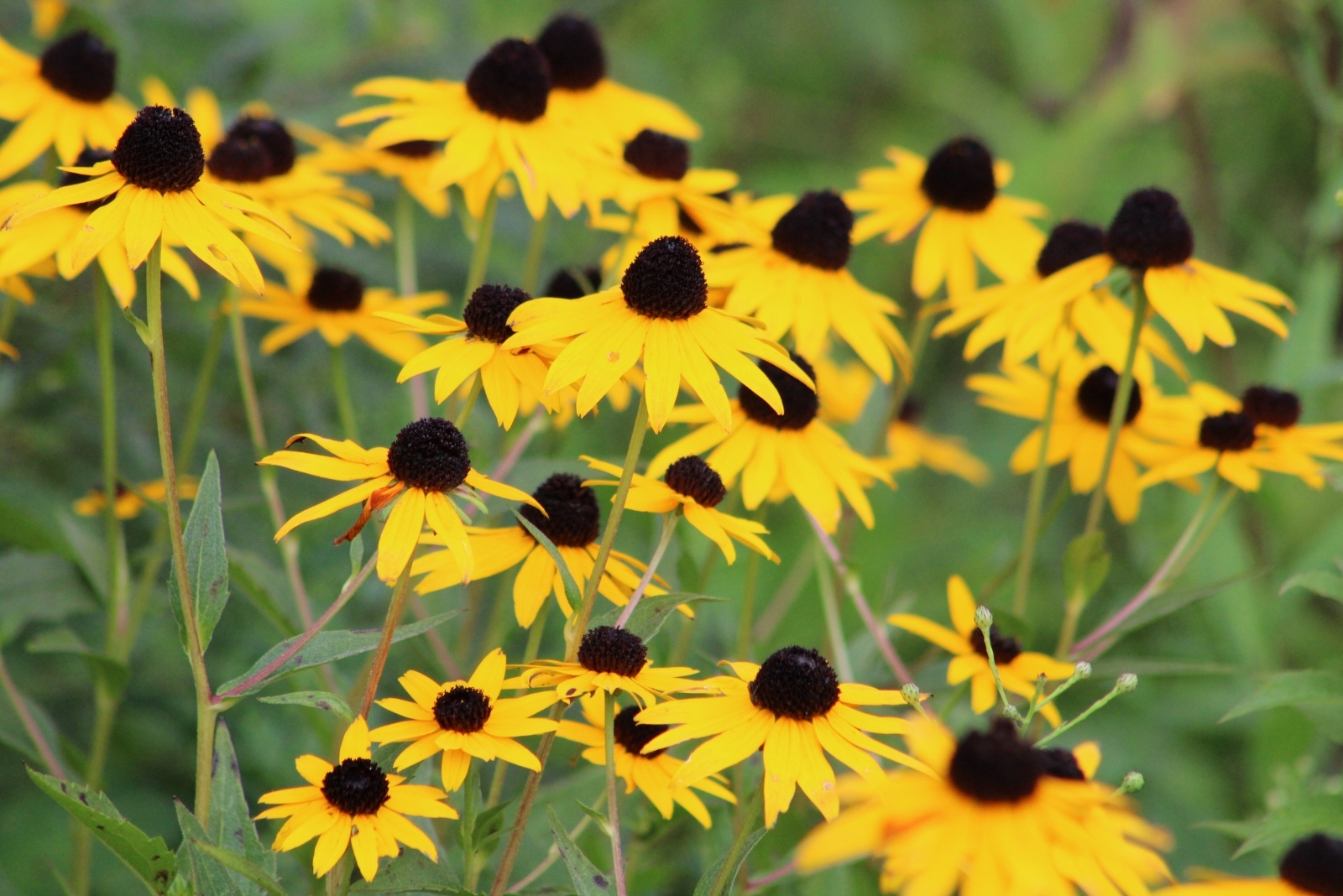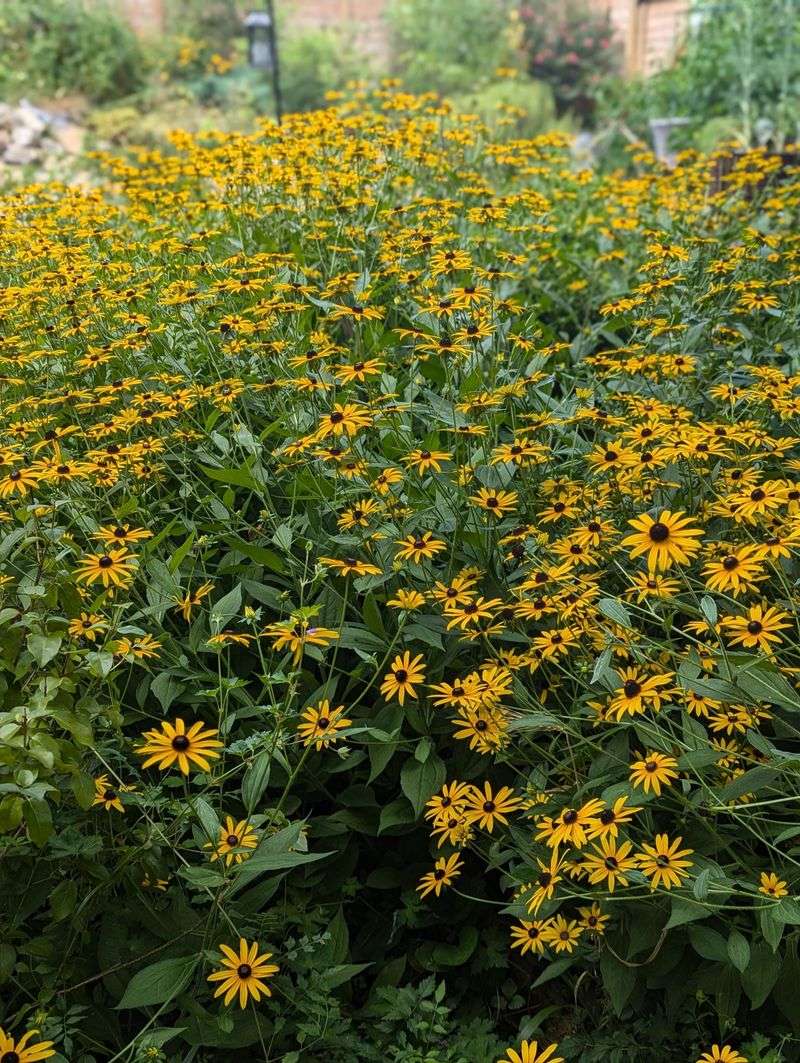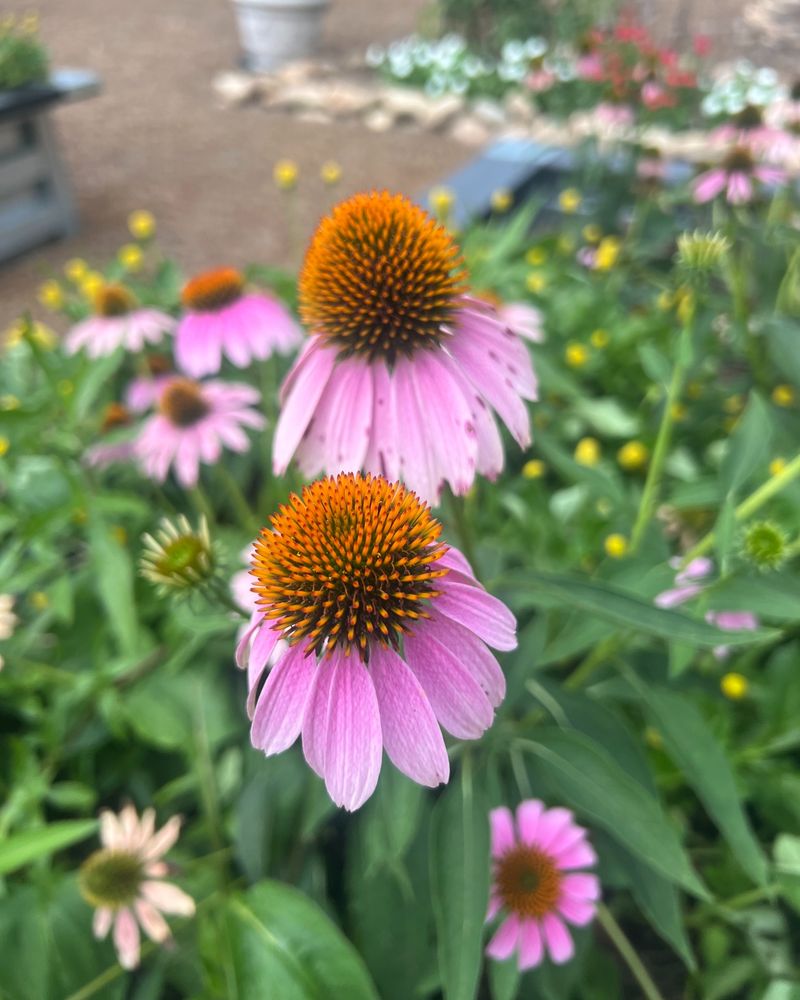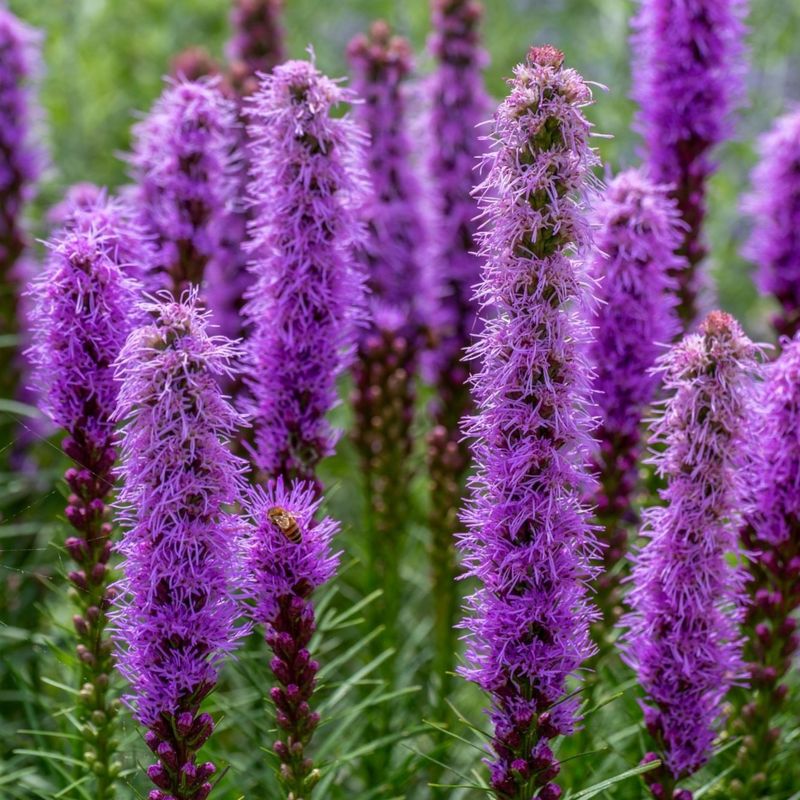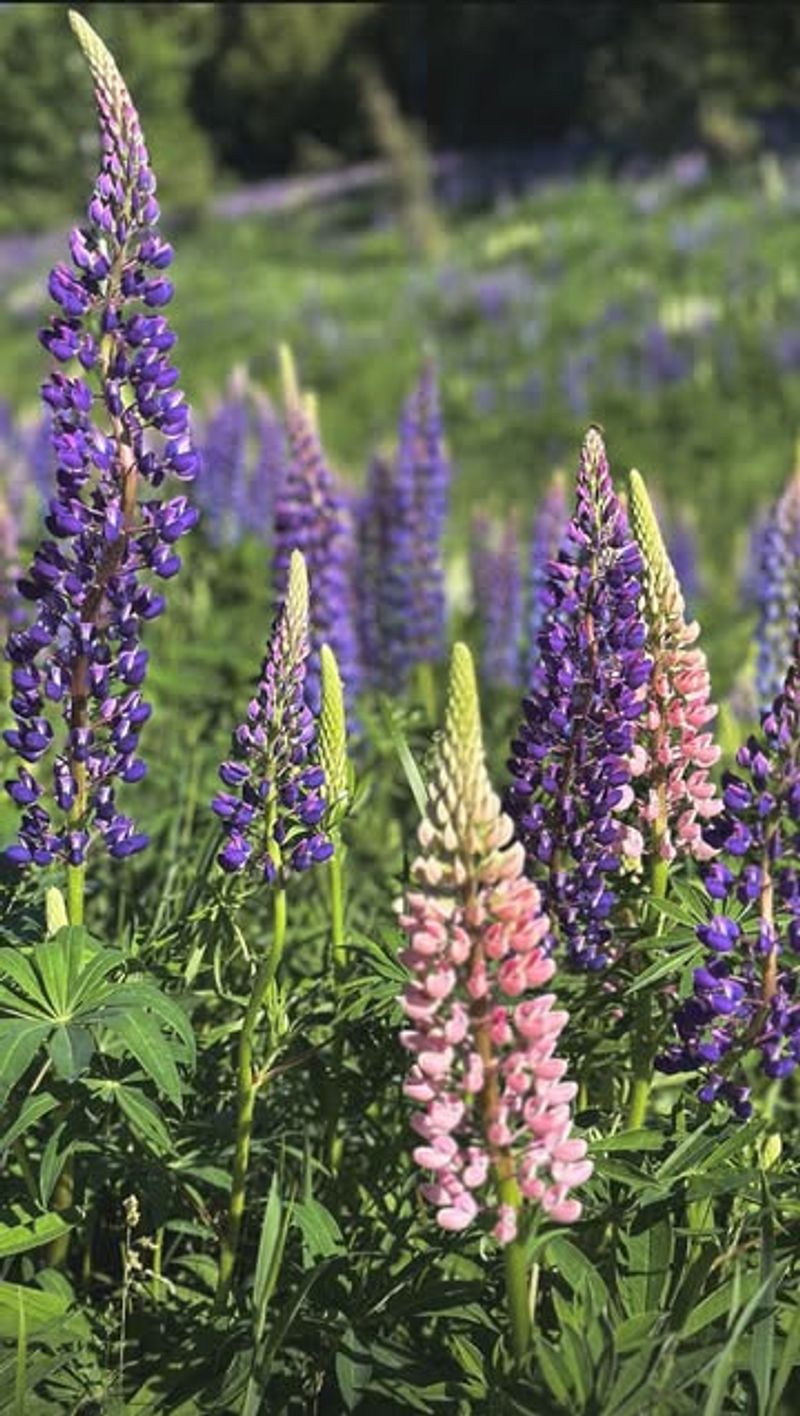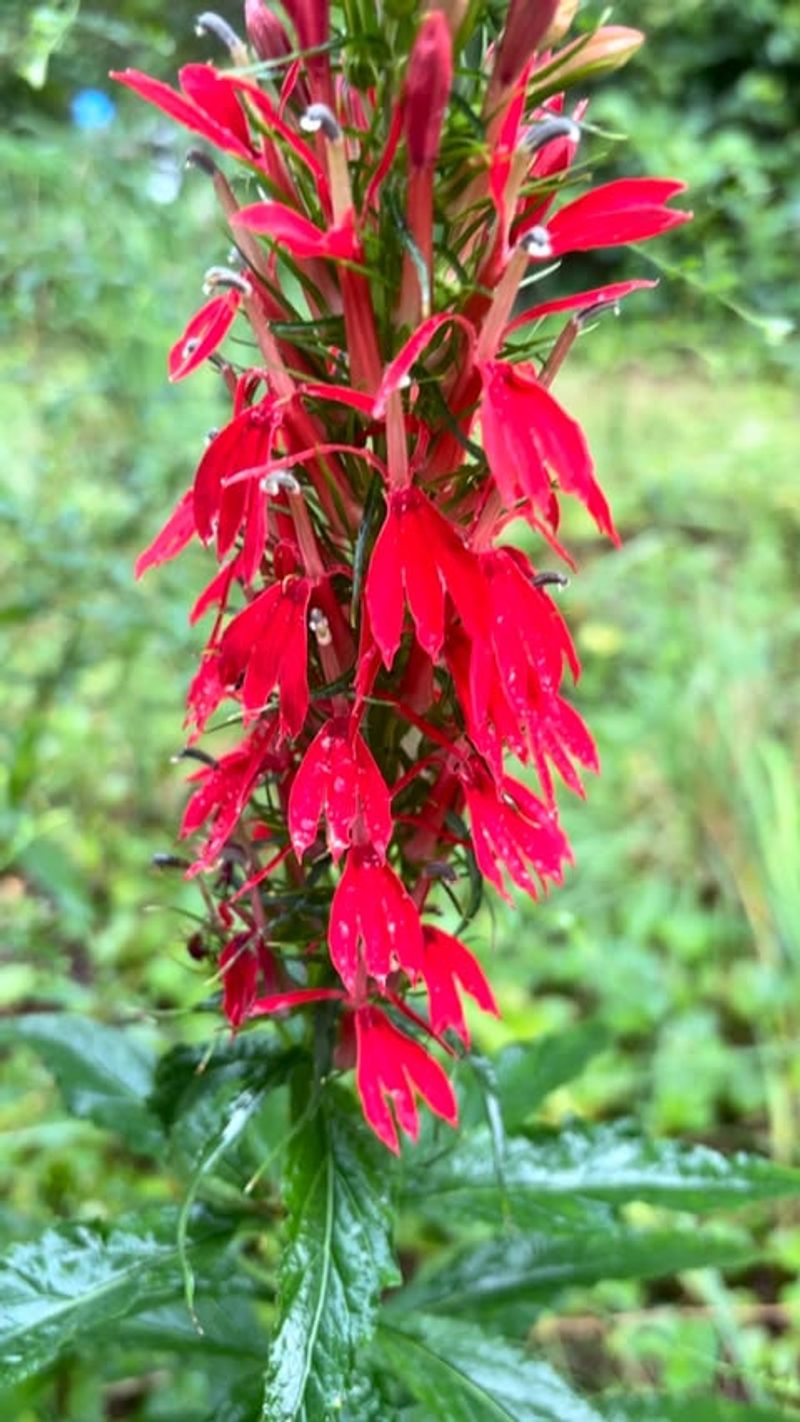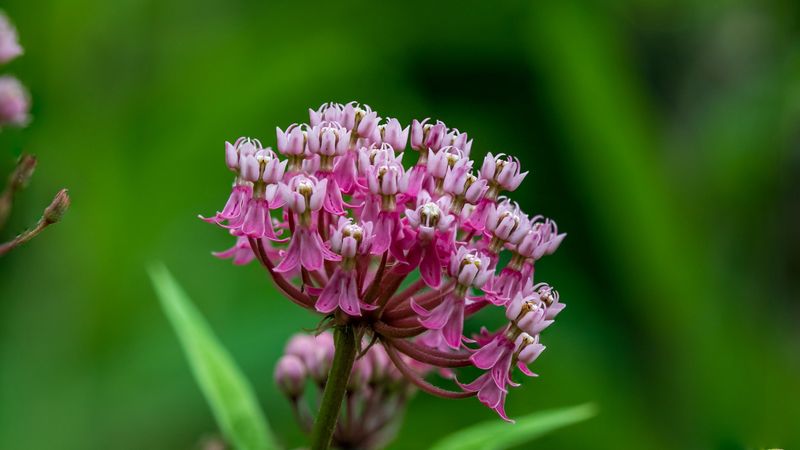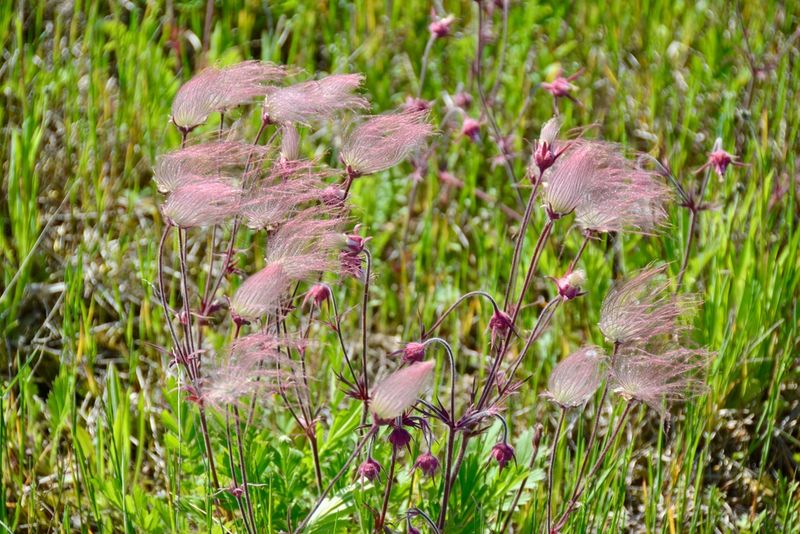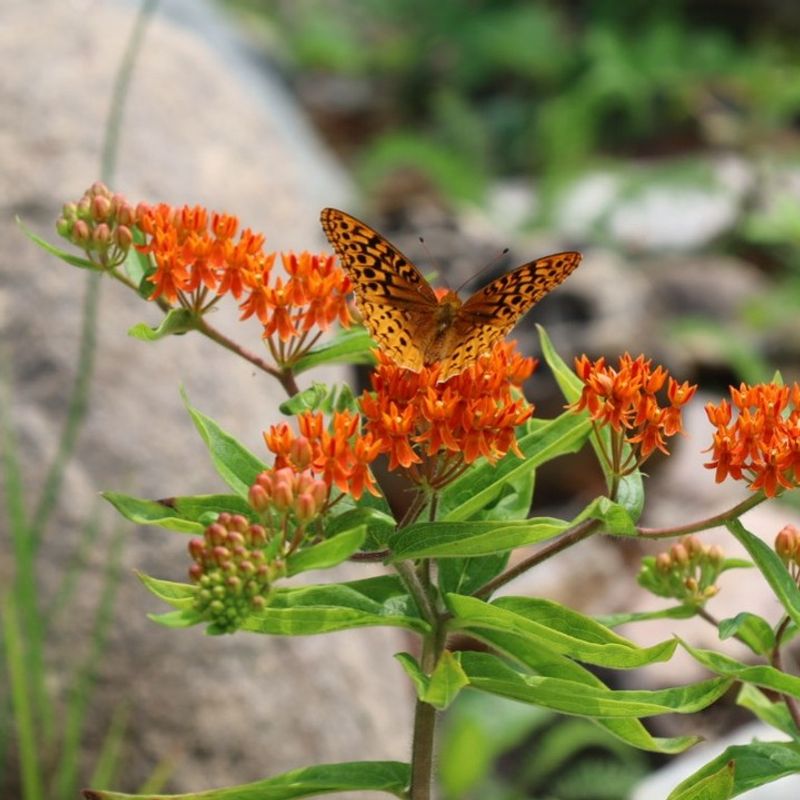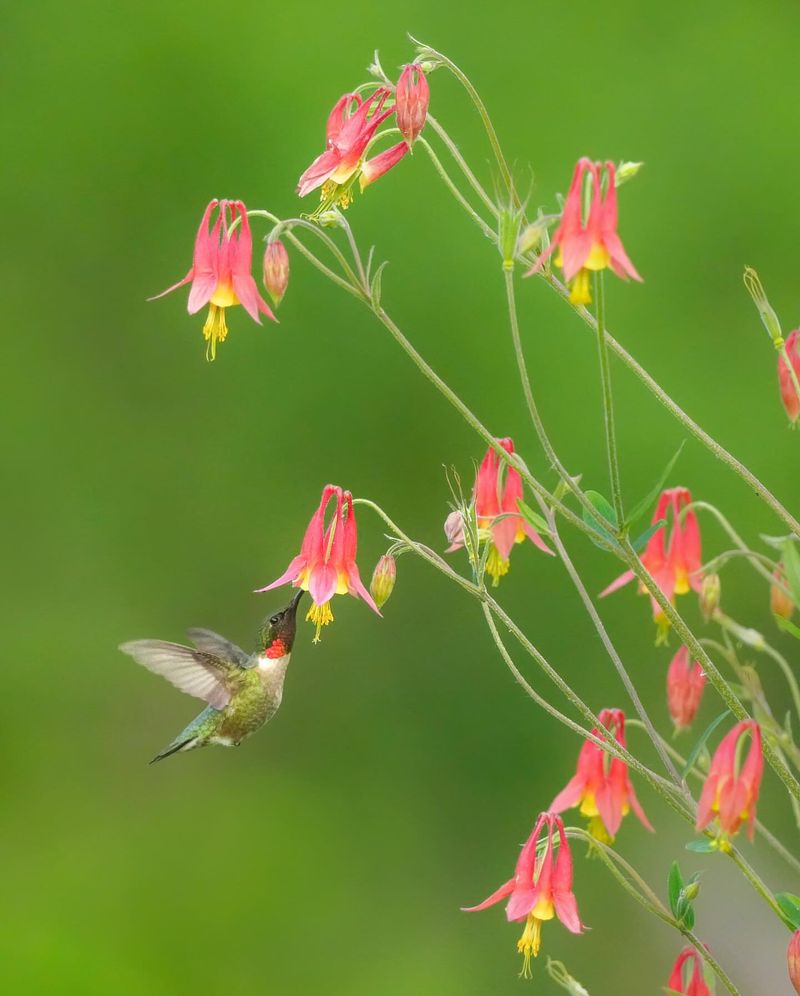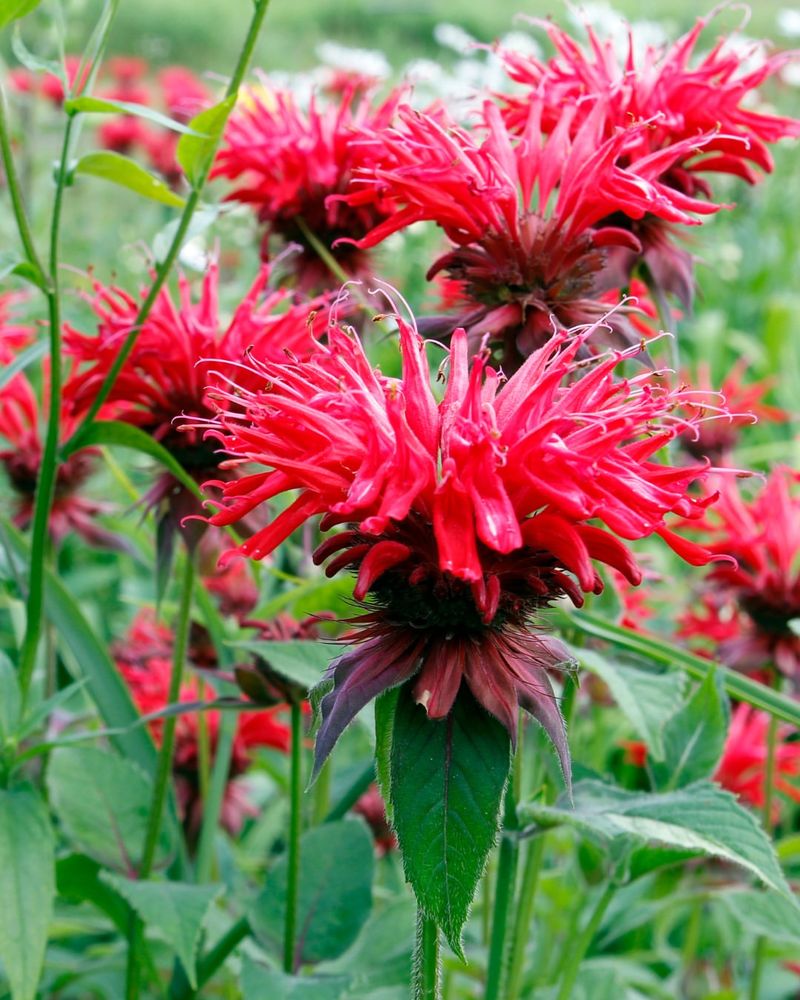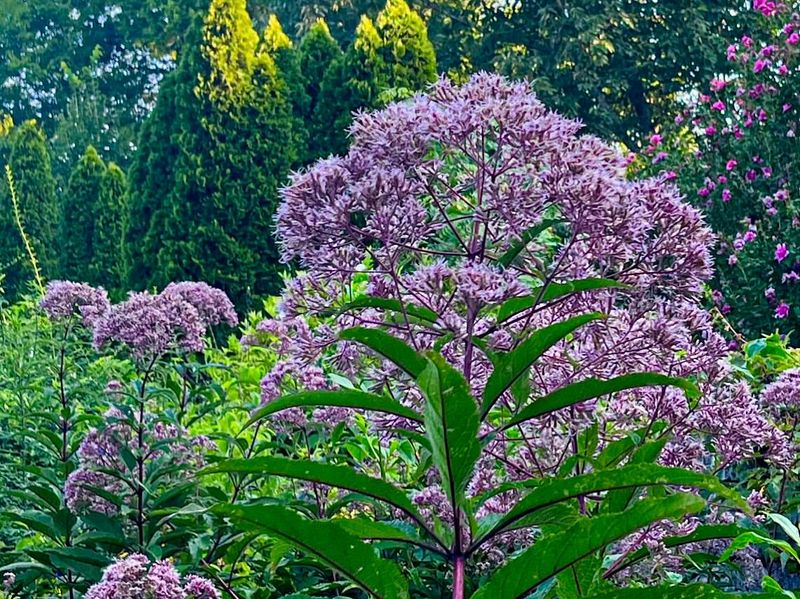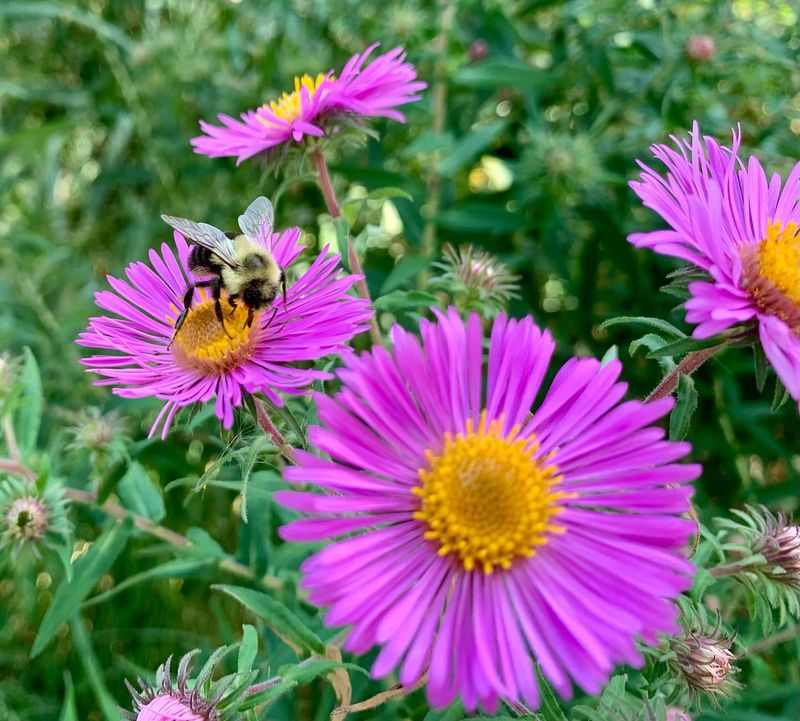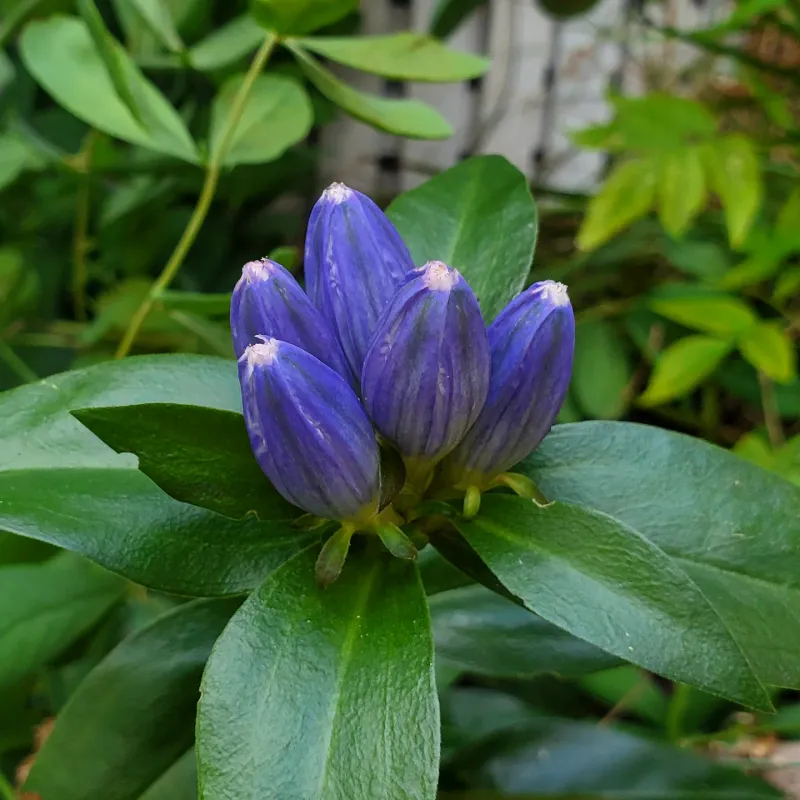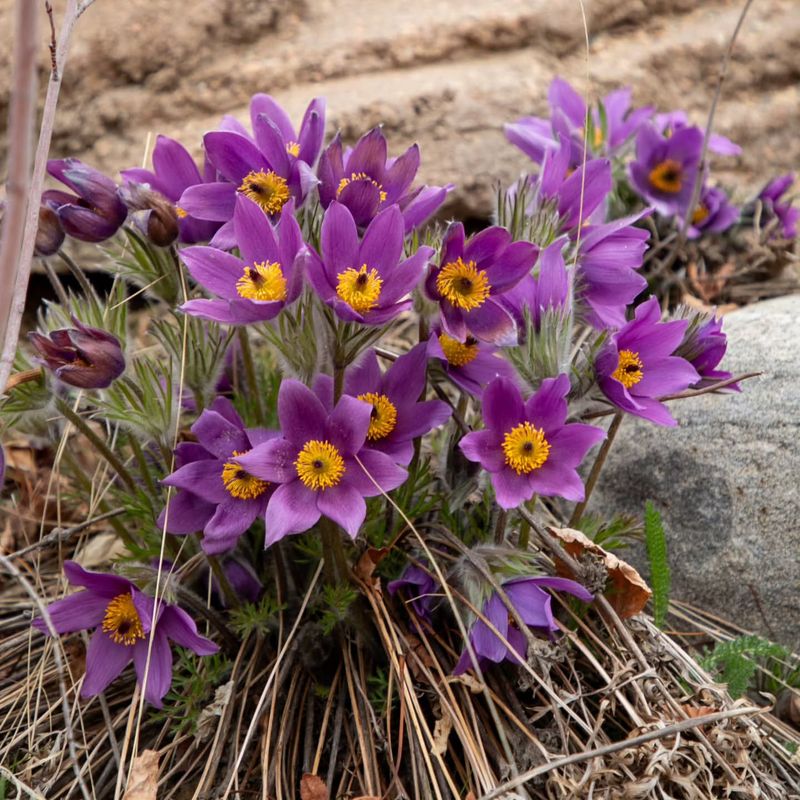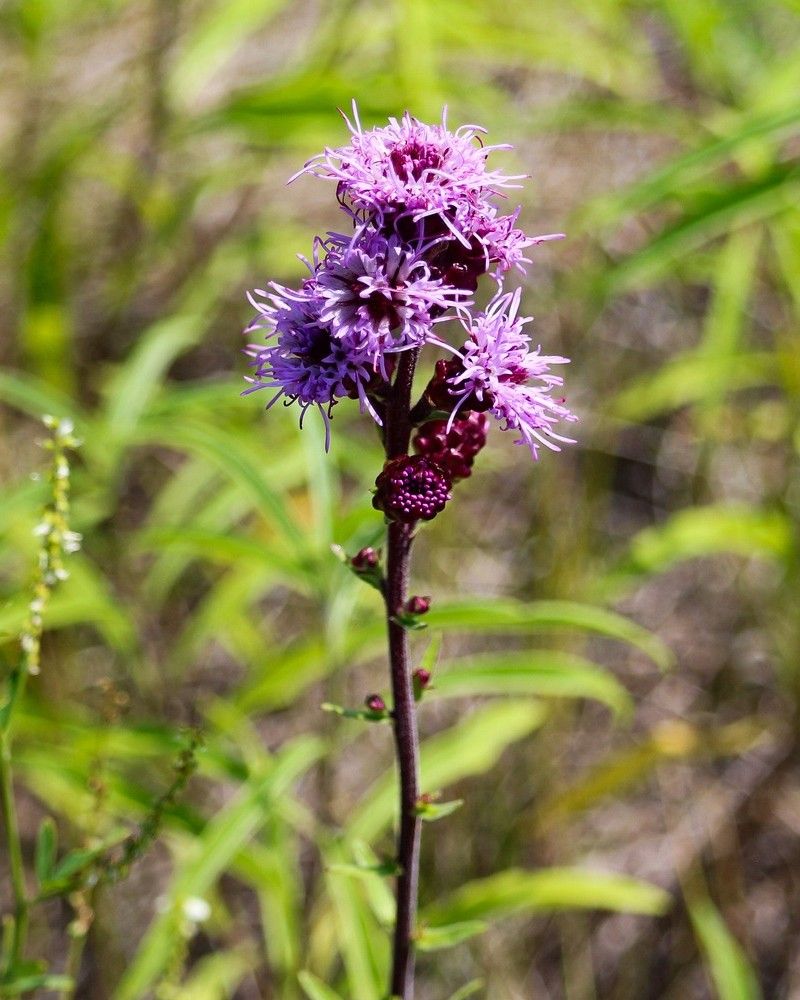Minnesota gardens can be a challenge with our humid continental climate, but the right flowers make it a joy to cultivate. I’ve tried plenty of blooms over the years, and some truly stand out for their ability to thrive here.
These colorful flowers don’t just survive—they bring energy, charm, and a splash of brightness to any yard. With a few smart choices, your garden can stay lively through every season.
Let’s take a look at the blooms that shine best in Minnesota’s unique weather.
1. Black-Eyed Susan
Cheerful golden petals surround a dark center, creating a splash of sunshine in any Minnesota garden. These native wildflowers laugh in the face of our challenging climate conditions.
Drought-tolerant and low-maintenance, they’ll bloom from June through September. Minnesota gardeners love them for their ability to attract butterflies and their stunning contrast against purple coneflowers.
2. Purple Coneflower
Striking purple-pink petals drooping gracefully around a spiky orange-brown center create a distinctive silhouette. Hardy enough to handle Minnesota’s temperature swings with ease.
Native to the Midwest, these beauties bloom throughout summer and into fall. Minnesota pollinators flock to them, making them both beautiful and beneficial for your local ecosystem.
3. Blazing Star
Tall purple spikes reach skyward like natural fireworks in the garden. Their vertical growth adds dramatic height to Minnesota landscapes while attracting countless butterflies.
Native to Minnesota prairies, these drought-resistant perennials thrive in our summer heat. The fluffy flower stalks create a feathery texture that contrasts beautifully with other garden plants.
4. Wild Lupine
Spikes of blue-purple flowers rise above distinctive palm-shaped leaves in late spring. These native beauties prefer Minnesota’s sandy soils and bring early-season color.
Lupines create a cottage garden feel with their whimsical form. Minnesota’s endangered Karner blue butterfly depends on wild lupine, making them an eco-friendly choice for conservation-minded gardeners.
5. Cardinal Flower
Brilliant scarlet blooms stand tall on elegant stems, creating a dramatic focal point. Hummingbirds can’t resist these native flowers that thrive in Minnesota’s moist areas.
Unlike many red flowers, these actually prefer partial shade and consistent moisture. Minnesota gardeners with damp spots will find these easy to grow and rewarding with their intense color from July through September.
6. Swamp Milkweed
Clusters of small, fragrant pink flowers attract monarchs and other butterflies all summer long. Unlike common milkweed, this variety has a more garden-friendly habit for Minnesota landscapes.
Native to Minnesota’s wetlands, it thrives in average to moist soil. The vanilla-scented blooms provide crucial habitat for monarch butterflies, making them a must-have for wildlife gardens across the state.
7. Prairie Smoke
Nodding pink flowers transform into feathery, smoke-like seed heads that dance in the breeze. This early-blooming native perennial brings unique texture to Minnesota rock gardens.
One of the first to bloom in spring, it offers season-long interest. Minnesota gardeners appreciate its drought tolerance and ability to thrive in poor soils where other plants struggle.
8. Butterfly Weed
Vibrant orange flower clusters create a beacon for butterflies in the summer garden. Despite its name, this well-behaved milkweed relative is perfect for Minnesota’s sunny borders.
Drought-tolerant and long-blooming, it handles Minnesota’s hot summers with ease. The flat-topped flower clusters offer perfect landing pads for monarchs and other pollinators seeking nectar.
9. Wild Columbine
Delicate red and yellow nodding flowers dangle like tiny lanterns on slender stems. These woodland natives bloom in spring before Minnesota’s tree canopy fully leafs out.
Hummingbirds adore the nectar-rich spurs of these unique blooms. Minnesota gardeners with shady spots will find these easy to grow and charming with their distinctive shape and movement.
10. Bee Balm
Spiky, crown-like flowers in shades of red, pink, or purple attract bees, butterflies, and hummingbirds. The aromatic foliage releases a minty scent when brushed against in Minnesota gardens.
Native to North America, these reliable perennials thrive in our humid summers. Minnesota gardeners love their long bloom time and ability to naturalize without becoming aggressive.
11. Joe-Pye Weed
Massive domes of tiny pink flowers tower above most garden plants in late summer. These gentle giants create a dreamy, cloud-like effect in Minnesota’s moist areas.
Butterflies flock to the sweet nectar of these native flowers. Minnesota gardeners with space can create stunning backdrops with these impressive plants that reach up to seven feet tall.
12. New England Aster
Daisy-like purple flowers with golden centers blanket the plants in late summer through fall. When many Minnesota gardens are fading, these natives burst into spectacular bloom.
Bees and butterflies rely on these late-season flowers for crucial nectar. Minnesota gardeners appreciate their cold hardiness and their ability to provide that last splash of color before winter arrives.
13. Bottle Gentian
Intense blue flowers that never fully open create a unique garden conversation piece. These unusual blooms look like tightly closed buds even when fully mature in Minnesota gardens.
Only the strongest bumblebees can force their way inside to pollinate. Minnesota’s cool fall temperatures intensify their already remarkable blue color, making them a standout in the autumn garden.
14. Pasque Flower
Silky, cup-shaped purple blooms emerge even before the last snow melts in early spring. Fuzzy stems and foliage add textural interest to Minnesota rock gardens and borders.
One of our earliest native bloomers, they’re a welcome sight after Minnesota’s long winters. The feathery seed heads that follow the flowers extend their garden interest well into summer.
15. Meadow Blazing Star
Densely packed lavender flower spikes create vertical drama in the summer garden. These native prairie plants develop from the top down, creating weeks of evolving color.
Pollinators can’t resist these nectar-rich blooms in Minnesota landscapes. The dried seed heads provide winter interest and food for goldfinches, making them valuable year-round in northern gardens.

